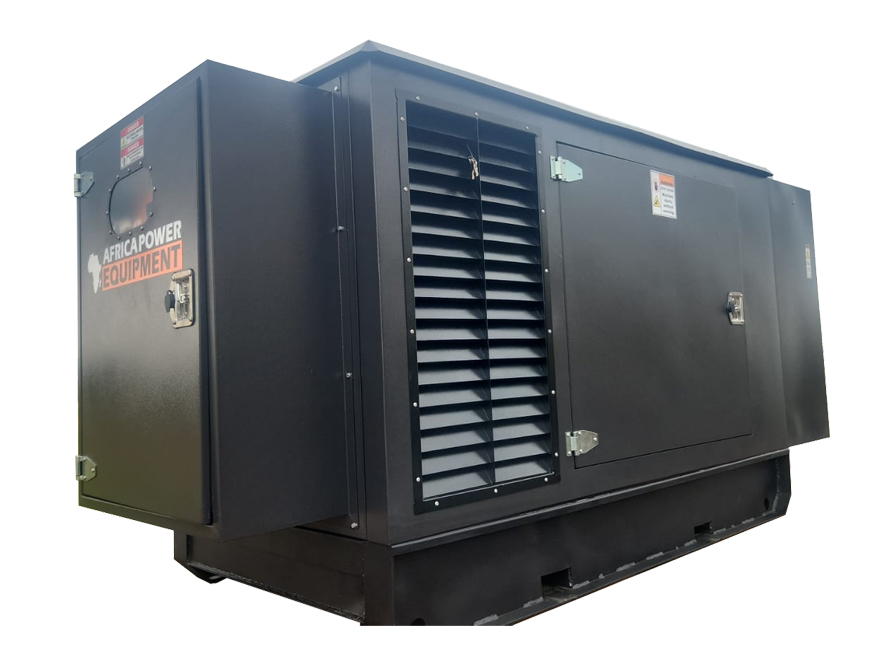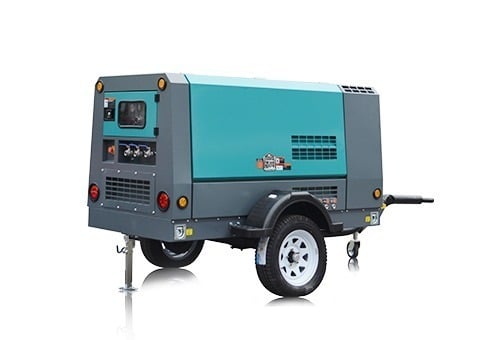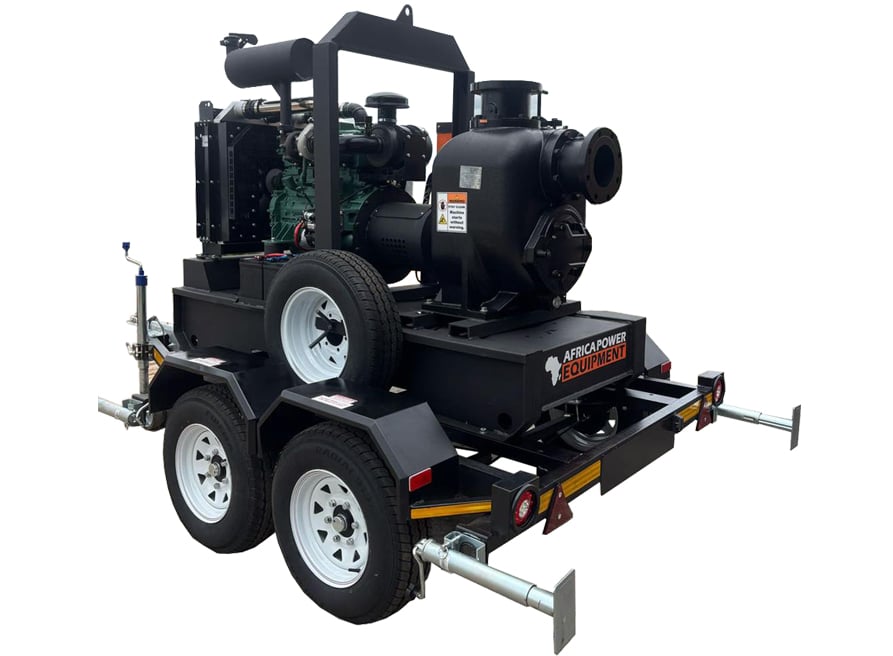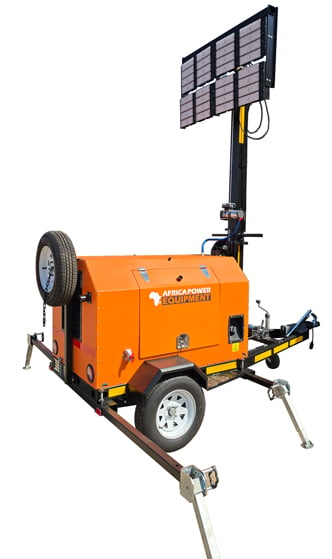How Much Electricity Can Solar Panels Generate Per Day in South Africa?
With increasing load shedding and high energy costs, many South Africans are turning to solar energy. But a common question remains: How much electricity can solar panels actually generate in a day?
In this article, we break down the daily output of solar panels, what affects their performance, and how to calculate the power you’ll get from your solar system—especially in South African conditions.
☀️ Quick Answer: Average Daily Solar Panel Output in South Africa
In sunny areas like Gauteng, KwaZulu-Natal, or the Western Cape, a well-positioned solar panel can produce:
🔋 4 to 6 kilowatt-hours (kWh) per panel per day
This depends on:
-
Panel wattage (e.g., 300W–550W)
-
Sunlight hours (irradiance)
-
Location & season
Let’s dive deeper.
🔍 Key Factors That Affect Solar Panel Output
1. Panel Wattage
Higher-wattage panels = more electricity.
-
300W panel: ~1.5–2.0 kWh/day
-
450W panel: ~2.0–2.7 kWh/day
-
550W panel: ~2.5–3.5 kWh/day
2. Sunlight Hours (Solar Irradiance)
This varies by region and season.
-
Northern Cape: Up to 6.5 peak sun hours/day
-
Gauteng & KZN: 5.0–6.0 hours/day
-
Western Cape (winter): 3.5–4.5 hours/day
✅ Use peak sun hours (PSH), not total daylight hours, for accurate output estimation.
3. Orientation & Tilt
Panels facing true north and tilted correctly for your latitude get maximum exposure.
Poor orientation or flat roofs reduce efficiency by 10–25%.
4. Shading
Nearby trees, chimneys, or other panels can block sunlight, significantly reducing output.
5. Temperature
Solar panels are more efficient in cooler temperatures.
☀️ Hot days may reduce efficiency by 10–15%.
6. Dust and Dirt
Dirty panels = lower output.
Regular cleaning can improve performance by up to 20%.
📊 How to Calculate Daily Output
Formula:
Daily Output (kWh) = Panel Wattage × Peak Sun Hours ÷ 1000
Example:
A 450W panel in Johannesburg with 5.5 PSH:
450W × 5.5 ÷ 1000 = 2.475 kWh/day
If you install 6 of these panels, you’ll get:
2.475 × 6 = ~14.85 kWh/day
That’s enough to power:
-
A fridge (1.2 kWh/day)
-
LED lights (0.3 kWh/day)
-
TV (0.4 kWh/day)
-
WiFi & chargers (0.2 kWh/day)
-
Washing machine (1.0 kWh per cycle)
-
Geyser (with solar geyser integration or timing)
📌 Real-World Solar Output in South Africa
| City | Avg PSH | 450W Panel Output/Day | 10-Panel System (4.5kW) |
|---|---|---|---|
| Cape Town | 4.5 | 2.03 kWh | ~20.3 kWh/day |
| Johannesburg | 5.5 | 2.48 kWh | ~24.8 kWh/day |
| Durban | 5.2 | 2.34 kWh | ~23.4 kWh/day |
| Upington | 6.3 | 2.84 kWh | ~28.4 kWh/day |
💡 How Many Panels Do You Need?
Here’s a rough estimate based on household usage:
| Usage Type | Daily Need (kWh) | No. of Panels (450W) |
|---|---|---|
| Basic essentials | 5–8 kWh/day | 3–4 panels |
| Moderate home | 12–18 kWh/day | 5–8 panels |
| Full off-grid | 20–30 kWh/day | 9–12 panels + battery |
✅ Tip: Combine solar with a hybrid inverter and battery backup for best results during load shedding.
🔗 Related Articles
📝 Final Thoughts
South Africa’s sunny climate makes it one of the best regions in the world for solar energy.
With just a few well-placed panels, you can produce enough electricity to power your daily essentials, reduce Eskom reliance, and avoid generator fuel costs.
Whether you’re adding a few panels for backup or going full off-grid, solar gives you freedom, savings, and reliability. Our team can assist you in making the right solar system decisions for your requirements – PowerEquipment.co.za





